SNOHOMISH—Since 1981 PAWS Wildlife Center has rehabilitated over 140,000 different injured animals and reintroduced them back into the wild. But for the last 25 years rapid urbanization, an increase in nearby forest fires, and the center’s limited size has left the Lynnwood-based facility grossly unequipped to serve the region’s increasing need for wildlife care.
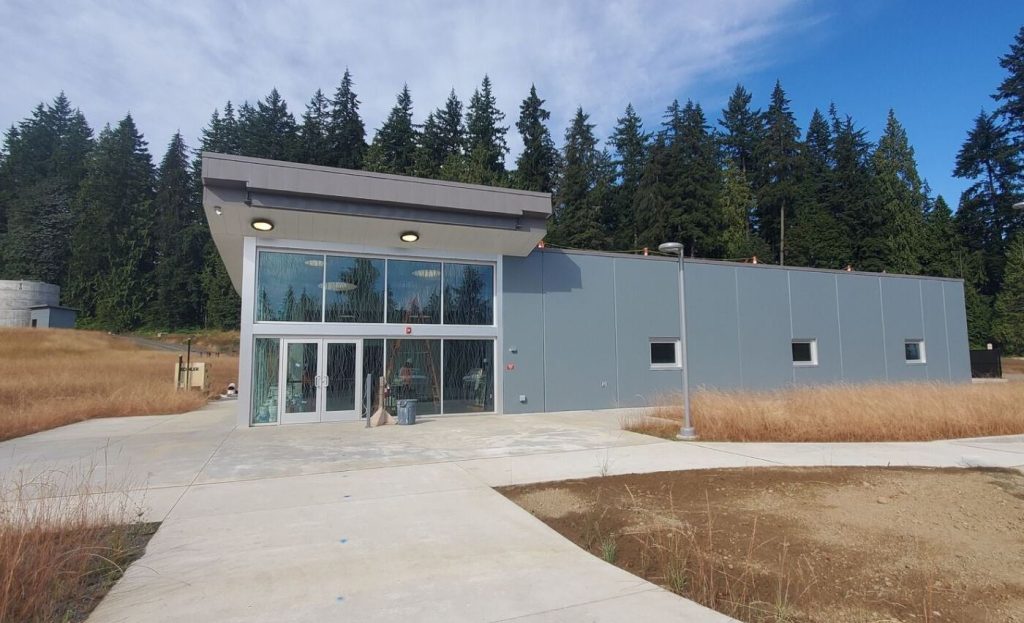
In response, this upcoming March, PAWS will be opening Washington State’s largest wildlife rehabilitation center in Snohomish, right off State Route 9—totaling a whopping 21,512 square footage of space across 25-acres. The current Lynnwood facility is approximately 3 acres making this quite the upgrade.
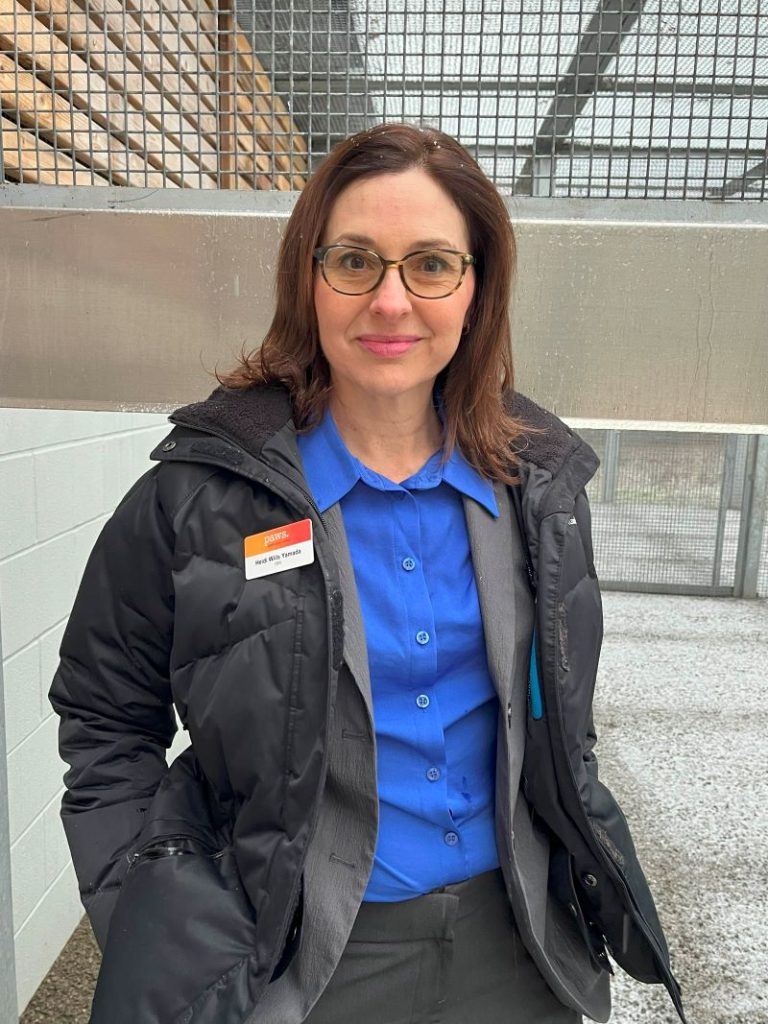
“PAWS has needed a facility away from urban development for years, which would be best for wild animals to rehabilitate, away from urban sounds, and urban smells, so that animals can peacefully rehabilitate, get well, after they’ve been injured, to live successful lives away from humans and independently,” Heidi Willis, PAWS CEO, told the Lynnwood Times. “PAWS chose Snohomish because it’s close enough that if people found an animal injured or orphaned, they’re willing to drive to PAWS for care and medical attention, but it’s still far enough from the urban center that it feels like a remote location…It was really an ideal set of circumstances that this location was chosen.”
Willis started serving as CEO right before the pandemic in 2020. Before that she ran another nonprofit that focused on youth development, and before that she worked as a legislative assistant in the city of Seattle. Willis also worked with former King County Executive Ron Sims managing several salmon restoration efforts in King, Snohomish, and Pierce counties.
“I just feel a duty to use my skillsets to give back,” said Willis.
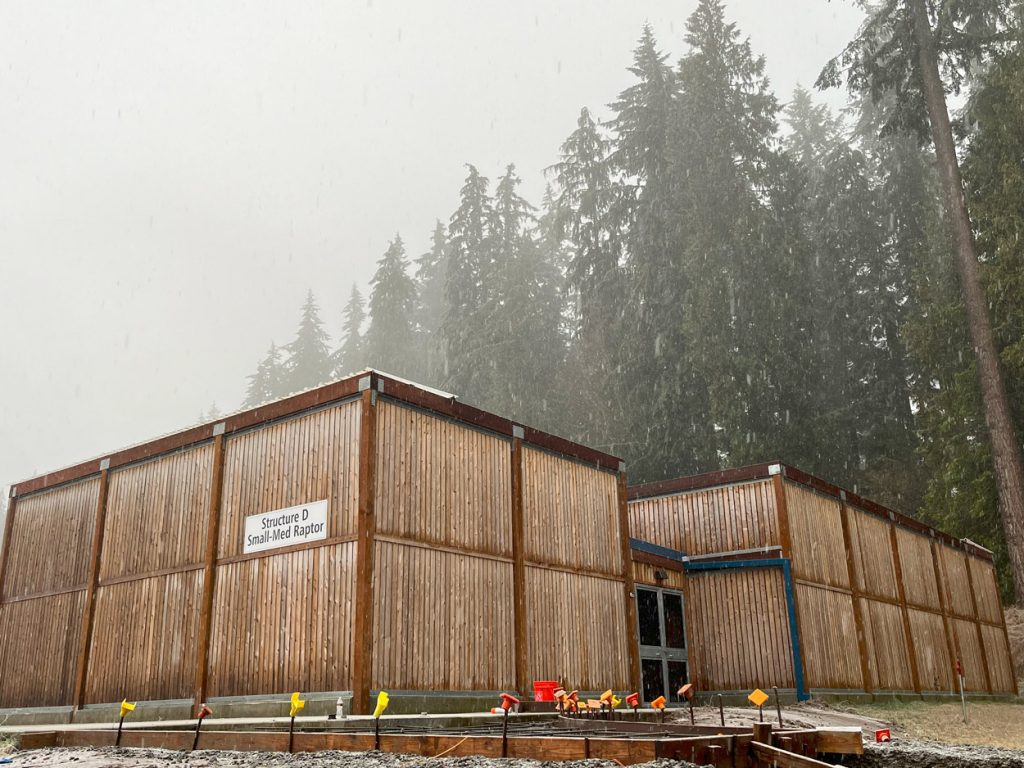
Willis shared that seeing an injured animal, often on the brink of death, enter PAWS’ facilities and receiving life-saving rehabilitative care, leading to their reintroduction back into the wilderness, is an “incredibly rewarding” thing to bear witness to (no pun intended). One of her favorite moments, working for PAWS, was seeing a black bear reintroduced into the wild have cubs just about a year later.
“To feel that the team of people, including finders – average citizens who bring these animals to PAWS knowing they’re in distress and need special care – to the experts on our medical team to rehabilitate these animals who otherwise would perish, to go back into the wild and have rich, full, lives, have babies of their own and perpetuate that cycle is extremely rewarding,” said Willis.
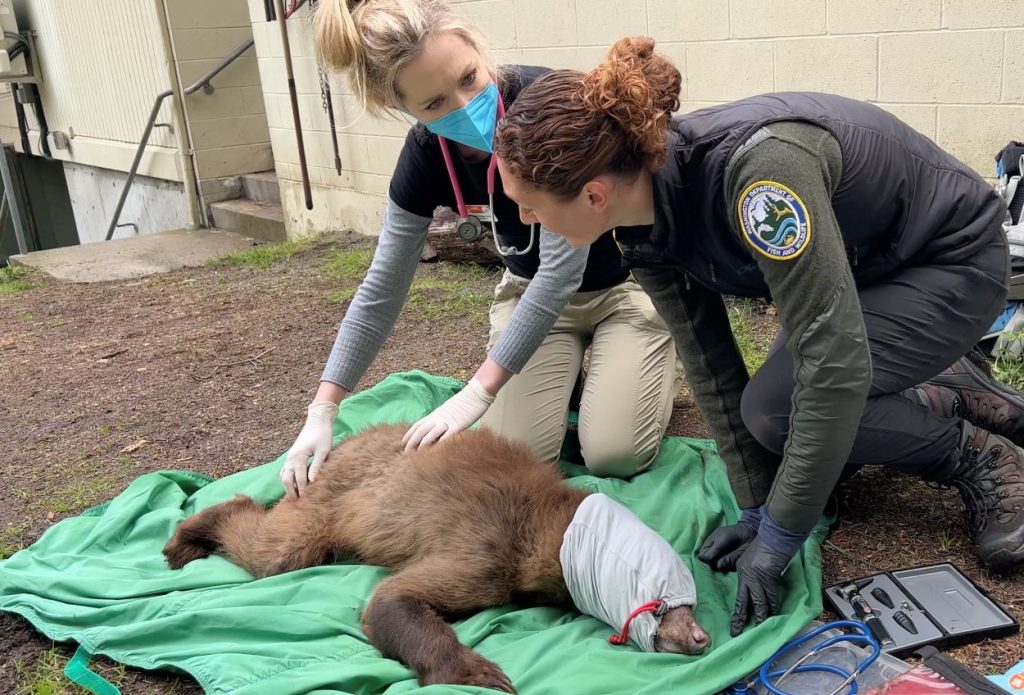
The upcoming Wildlife Center includes recovery habitats for corvids and songbirds, small mammals, small and medium raptors, raccoons, large carnivores, small and medium carnivores, large raptors, and even seals and aquatic birds. The Center will be the only facility in Washington permitted to rehabilitate both black bears and marine mammals such as seals and one of very few facilities in the state permitted to heal wild birds harmed by oil spills.
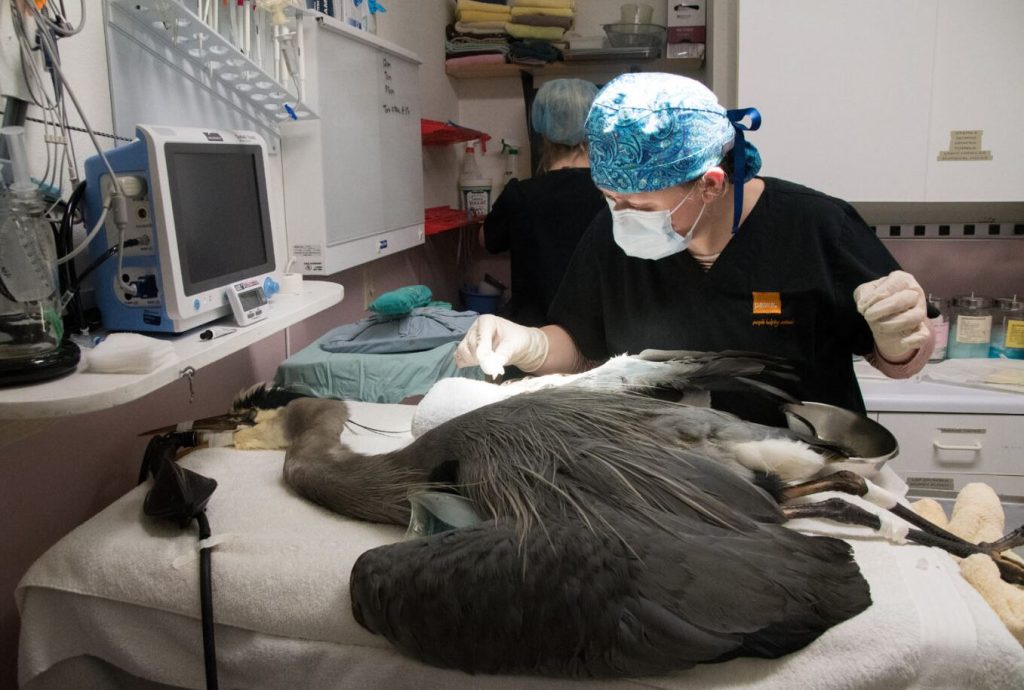
This new Wildlife Center will vastly increase PAWS’ ability to care for more wild animals having the capacity to hold up to 30 bears (6 at the current Lynnwood site), 20 bobcats (10 currently), and 200 seabirds (100 currently), just to name a few. Each of these habitats are custom built for wild animals and designed to evolve with an animals’ needs as they change during rehabilitation.
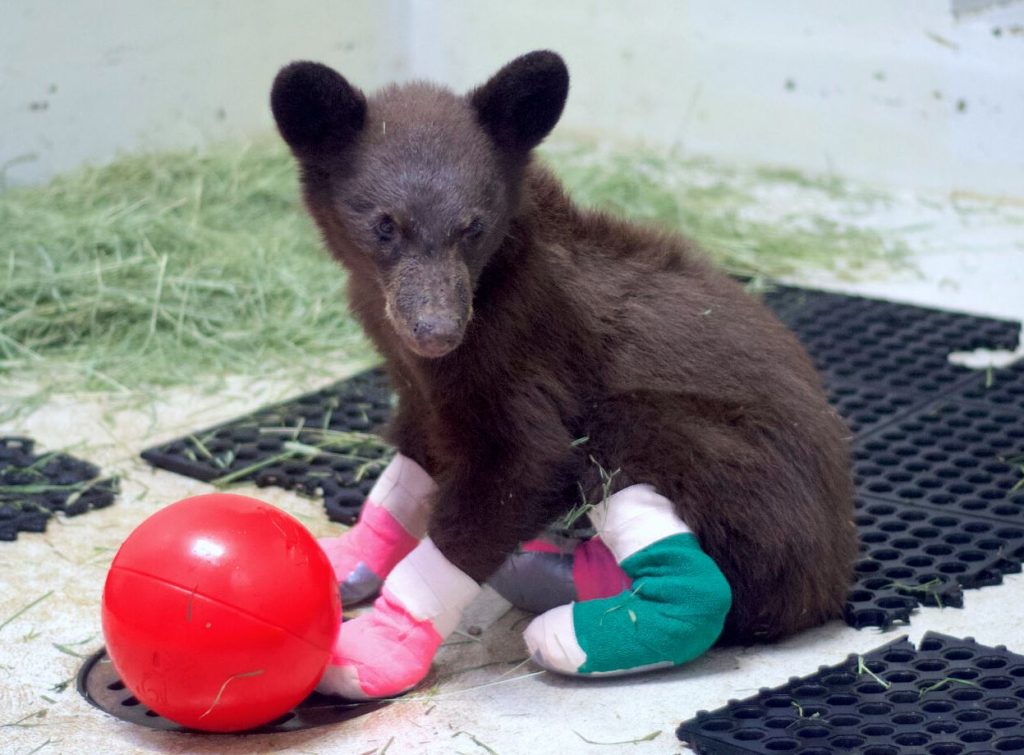
Just a few examples of these custom-tailored habitats include a large silo where large raptors (such as eagles and hawks) can conduct continual, 360-degree, flight for exercise, cylindrical raccoon enclosures (preventing raccoons from cornering each other mitigating aggressive tendencies), and large indoor and outdoor habitats separated by electronically locked doors. The doors also help to reduce human/animal interaction by allowing volunteers and staff to feed the animals in the inside section, while the animal is outside, so the animals do not begin to associate humans with food.
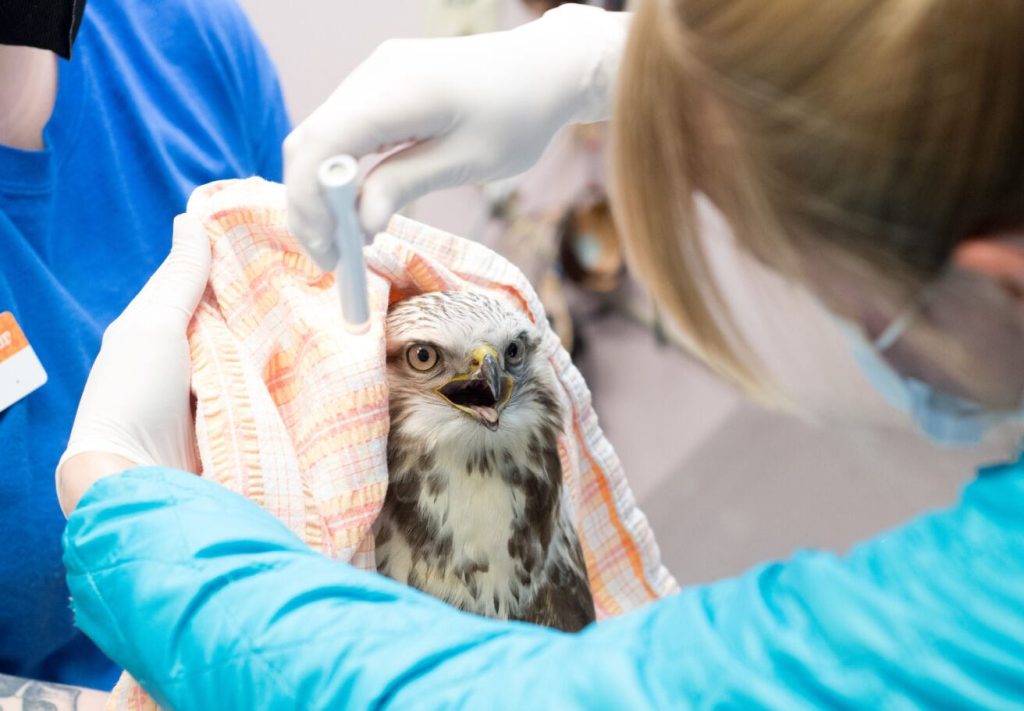
These larger, and more flexible, enclosures greatly reduce visual and auditory stress on animals, PAWS says, allowing for more enrichment.
The site will also have a state-of-the-art Wildlife Hospital, featuring a surgical facility, spacious examination room, radiology room, treatment rooms, and a laboratory to run in-house diagnostics, a Wildlife Care Unit where animals an receive quality care, offices, and a lobby.
Separate to the increase in space, by relocating the Wildlife Center to its new location in Snohomish, atop a tree encompassed hill, these recovering wild animals are tucked away from the urban sights, smells, and sounds they’re currently subjected to in Lynnwood leading to
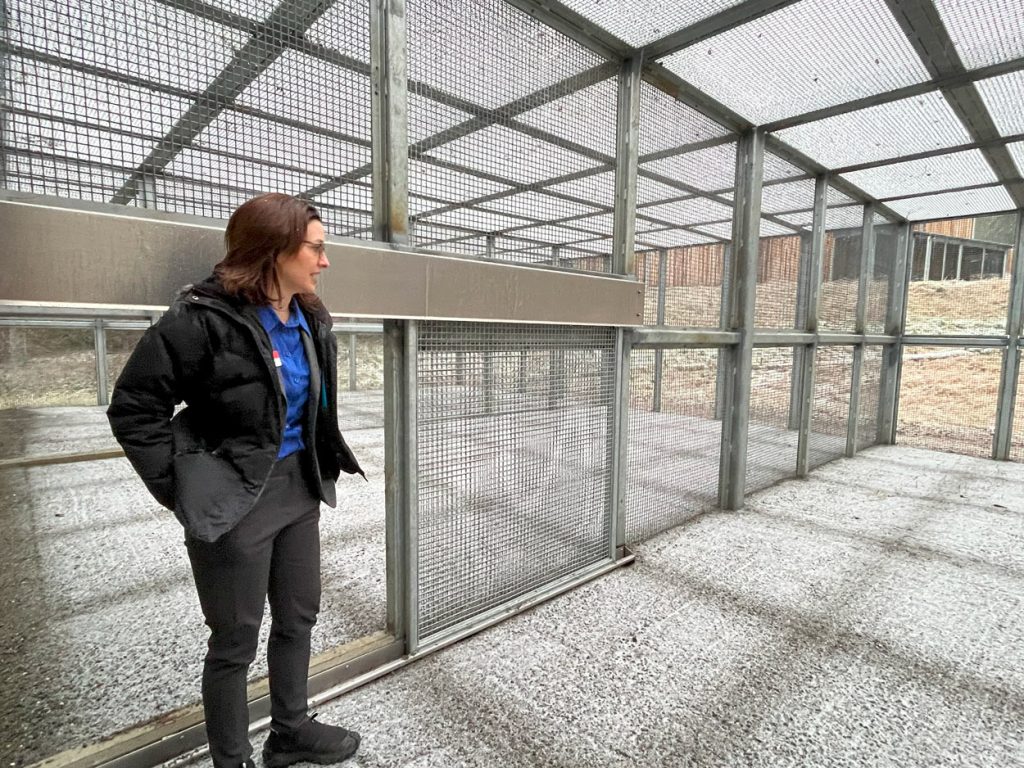
PAWS’ Wildlife Center provides expert care to 5,000 wild animals, and over 250 different species, every year, giving them the second chance they deserve. However, in just the last five years the number of calls from the community to PAWS for wildlife assistance, education, and advice has increased by 75%.
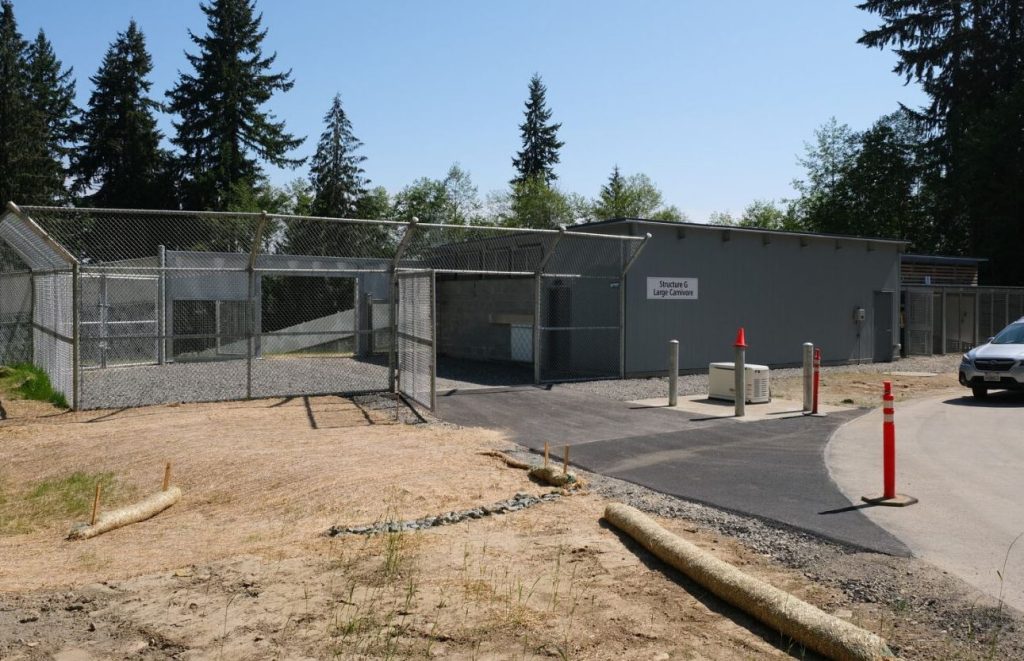
The organization has stretched to meet the needs of the animals but are now at a critical point of capacity. In addition to the lack of space, aging wildlife facilities are at the end of their lifespan and in dire need of replacement. What’s more, PAWS has been consistently turning away participating in critical conservation research and training that could help save more animals around the globe, simply because their highly regarded wildlife veterinarian training program has increasingly outpaced its ability to respond to requests from students. The new facility in Snohomish aims to change all of that.
The nearly $46 million project received 10% of its funding from government sources, and over $12 million in contributions by individuals and foundations. The remaining balance comes from PAWS’ reserve funds with the rest being financed.
PAWS’ new Wildlife Center will have about 280 volunteers, who will prepare food and clean the habitats among other responsibilities, and about 22 full-time staff members. PAWS is always in need of more volunteers. To apply visit: www.paws.org/volunteer/
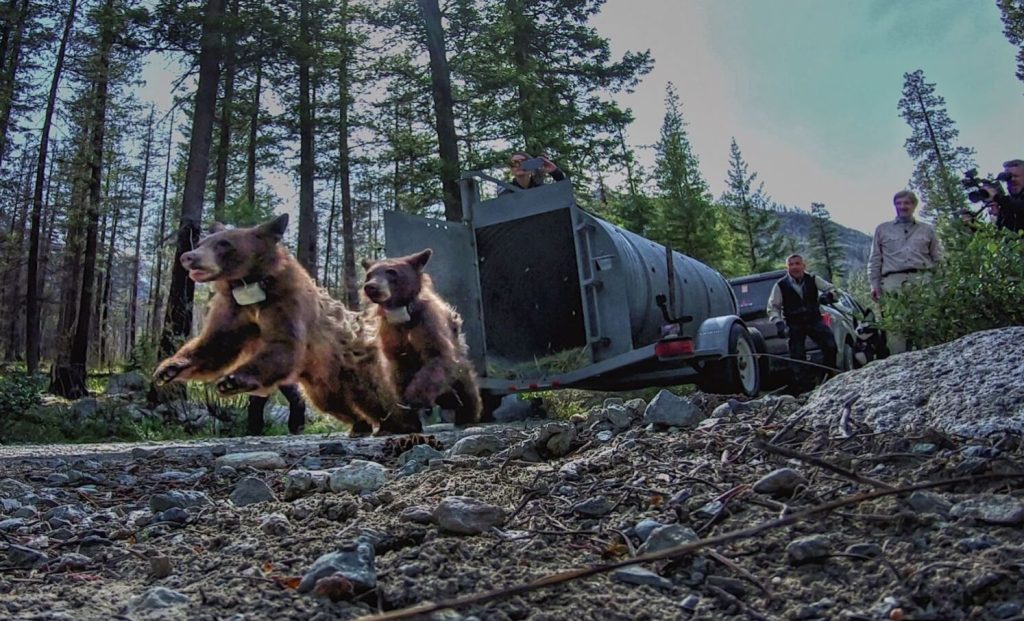
A ribbon cutting is planned to commemorate the opening of the new facility some time in March.
PAWS is people helping cats, dogs and wild animals go home and thrive – whether home is the family room or the forest. They do this by rehabilitating orphaned and injured wildlife, sheltering, and adopting homeless cats and dogs, and educating the community to inspire compassionate action for animals.
PAWS envisions a world where all people recognize the intrinsic value of animals and consistently make choices that demonstrate compassion and respect.




















One Response